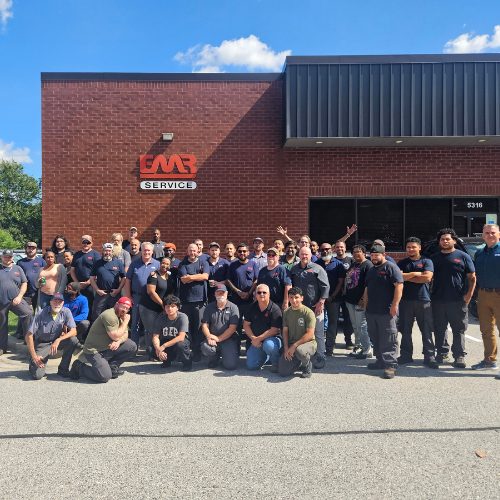How to Keep Your Variable Frequency Drives Running Longer
If you manage a building, factory, or facility, chances are you rely on equipment powered by a Variable Frequency Drive (VFD). These devices are the brains behind electric motors that move elevators, pumps, fans, and other critical machines.
VFDs help save energy, reduce wear and tear, and give operators more control. Unlike many pieces of equipment, VFDs are very reliable. The most common cause of failure is the end of their expected life: 5 to 20 years. When they do fail prematurely, it is most often for one of two reasons.
equipment, VFDs are very reliable. The most common cause of failure is the end of their expected life: 5 to 20 years. When they do fail prematurely, it is most often for one of two reasons.
Overheating
If the heat sink is dirty, it will be less efficient at transferring heat away from the VFD’s components. This will, in turn, cause a high-temperature fault to occur. The same will happen if the unit is equipped with a cooling fan that has stopped working.
Prevention: Periodically inspect the heat sink and clean off any accumulated dust or debris. In addition, verify that the cooling fan is operating properly.
Capacitor Bank Failure
The capacitors in a VFD have a limited lifetime, which can be shortened by frequent cycling of the supply voltage. In other words, turning the VFD on and off too often will wear out the capacitors faster and shorten its overall life.
Prevention: Even if the equipment controlled by the VFD does not run continuously, keep the VFD energized throughout the workday. Only de-energize it at the end of the day.
Final Recommendations
It is best to install drives in a clean, dry, temperate environment. If the environment is dirty, oily, or dusty, install drives in a NEMA 12 enclosure. If the ambient temperature allows, use a cabinet with a ventilation fan and filters. If the ambient temperature is high, use a cabinet equipped with some form of air conditioning.
VFDs are very reliable, and as pointed out, the most common cause of failure is simply reaching the end of their expected life. Three things will help extend this life: maintaining a good operating environment, performing minimal but regular maintenance, and avoiding frequent interruptions of voltage to the unit.




